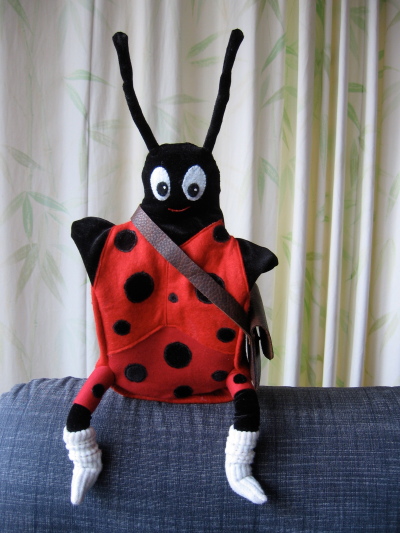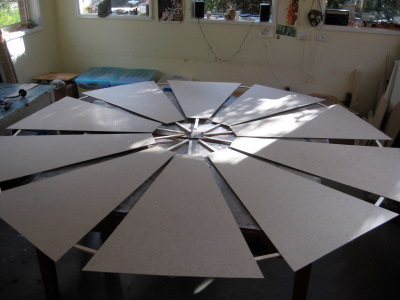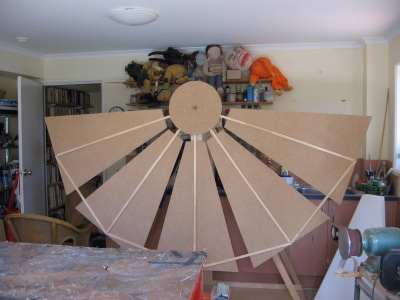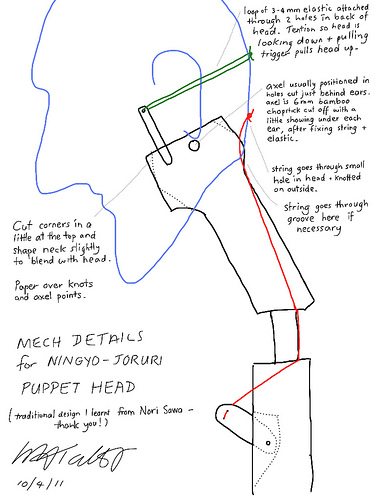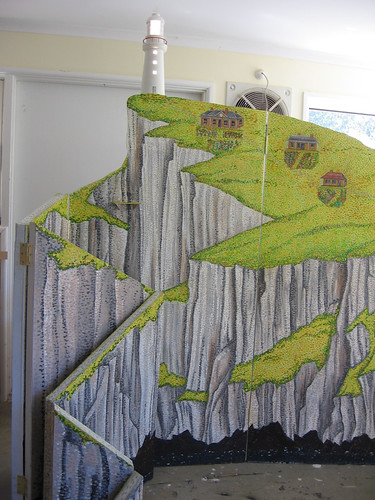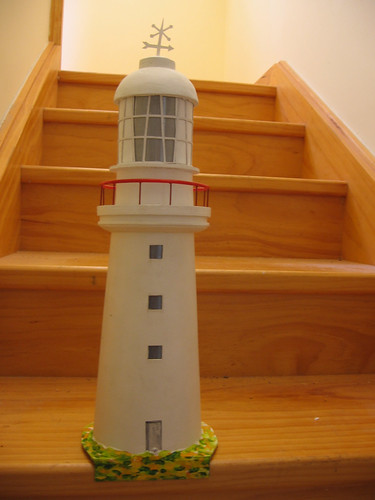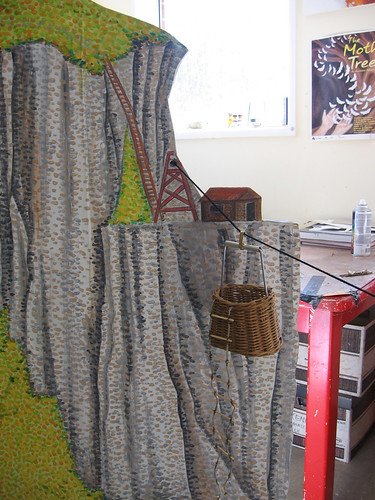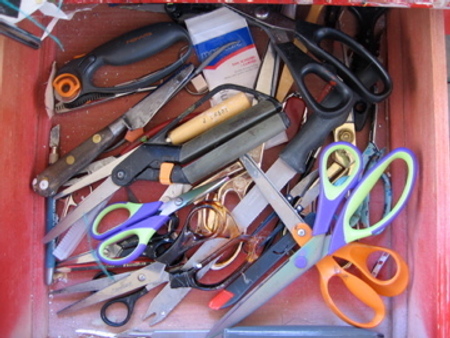If you want to blow your mind, take a journey into the revolutionary realm of 3D printing. Rapid prototyping has been around for about 20 years, but 3D printing seems now to be quickly becoming a viable manufacturing process for a wide range of materials and objects. There are lots of examples, of which the following are only a small selection:
- Reproduce yourself with a 3D printer – the reporter’s head is scanned and printed as a small model. The printers he shows can print in paper, resin and plastic.
- bioprinting ears, skin, cartilege, tissue, bone, organs, teeth, ultrasound images
- chocolate, sugar and other food
- glass, ceramic, foam, concrete, plaster, wood
- metals, silver, titanium
- tools, shoes, musical instruments. models (what about guns – scary thought!)
- souvenirs of yourself
- clones – the use of this for replica bridal dolls cracks me up!
- art, puppets
- Solar sinter project – printing sand into glass in the desert by Markus Kayser
Like other disruptive technology, 3D printing looks as if it will follow the path of offering the ability to decentralize and customise, and to make unique things cost effectively.
It’s interesting to consider what impact this is already having and going to have on artists and how they make things, as it becomes mainstream. Imagine, we can digitally sculpt or scan something in 3D (or photograph it, send the photos to somewhere like Photofly to get them stitched into a 3D scan), then send the files to a fabricator or perhaps even our own 3D printer , and there it is. There is the obvious debate between new and old, manufactured and handmade, and whether quality will be enhanced or compromised. Most likely 3D printing will become an additional useful tool for some processes, components and items, and competency in these technologies will become more expected in the arts industry. And, entirely handmade is likely to become rarer but more valuable.
